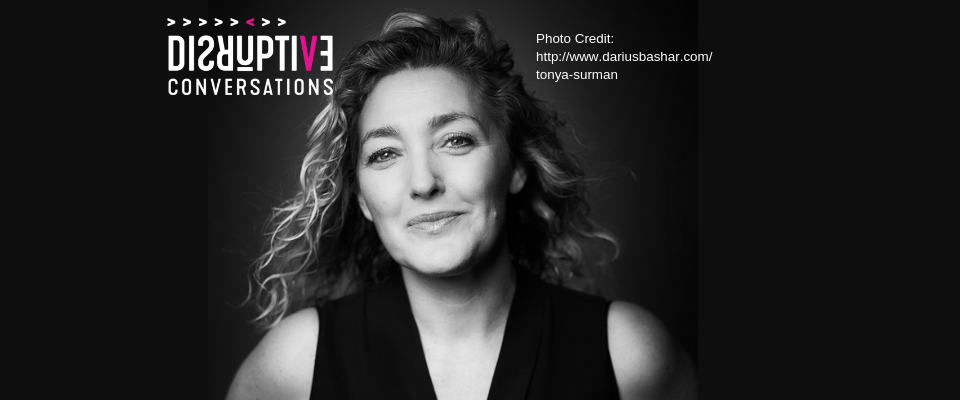Tonya Surman is the CEO of the Center for Social Innovation. One of the largest purpose driven coworking spaces, likely in the world. In this conversation, we explore a number of lessons that she has learned over the years. A few that stood out for me are:
The goal of the work is to understand how to better support people.
A major theme in this episode was about how do we support people? How do we help communities thrive? We discuss a number of ways in which Tonya’s work has always centred around helping other people thrive in community.
Polarizations are not helpful.
Both Tonya and I are fed up with polarized conversations. They do not give us energy. I would argue they are not even helpful. In fact, they detract from our energy. How do we have conversations that focus on the evidence in front of us and bias us towards solutions?
What goes in a life?
Tonya has a theory around what goes in a life. It starts by understanding we can only control our response to things that happen in the world. We then need three ingredients: joy, belonging, and meaning. So many people struggle to these three things. We are usually missing one of them. I am might be putting words in her mouth by saying that the combination of all three makes for a full life.
The job of the disruptor is to bring order to the messiness.
Tonya described the job of an entrepreneur. I am using the language of the disruptor because this is my podcast. The person who wants to change a sector or system is what I refer to as a disruptor. For Tonya, we need to acknowledge that life is messy. Messiness is the land of opportunity. Tonya uses an amazing metaphor in which she compares the banks of the river with the structure that disruptors provide. The banks give the river structure. It determines where the river flows and directs energy in the system.
I love this metaphor and cannot help but think of what happens at the edges of rivers. How watering holes become congregations of wilder beasts and other animals. There are a lot of things to think about here. The banks of the river carry water, which then fuels other life forces. This is the role of the disruptor the person trying to redefine an existing sector or even create an entirely new sector. Even when you provide that structure, remember, like Quincy Jones said, “leave 20% for the lord to enter the music.”
Social Innovation typically has four entry points.
There are four entry points for social innovation. Policy, Education, Culture, and Market Transformation. We need to work at all four levels and work with each approach instead of trying to compete. It is about developing a Portfolio approach.
The Power of Social Capital
Social Capital appears nowhere on your balance sheet, yet it is the most important measure of your success. Tonya makes the point that she has been able to turn social capital into financial capital. She has turned that into several properties that she uses for to create community. She stewards a purpose-driven community and leverages all of the types of capital to help her community thrive. We make big change by fostering relationships. We need to focus on people.
Never underestimate the role of self-interest
The first task is to align everyone’s self-interests. The job of the disruptor is to start with finding the common ground that aligns the self-interests of more people. As entrepreneurs mature and narrow their scope, they begin to be open to partnerships and collaboration. The challenge of being able to hold the space for self-interest.
How much space do I give the next generation?
Today, Tonya is struggling with the question of how much space she gives to the next generation. This is a question that most people who are thinking about succession struggle with. How do we deal with failure? How do we let go? This is such a juicy question.
I hope you enjoy the insights of this episodes. To learn more about Tonya you can follow find her at:
Her website: https://socialinnovation.org/
Twitter: @tonyasurman
